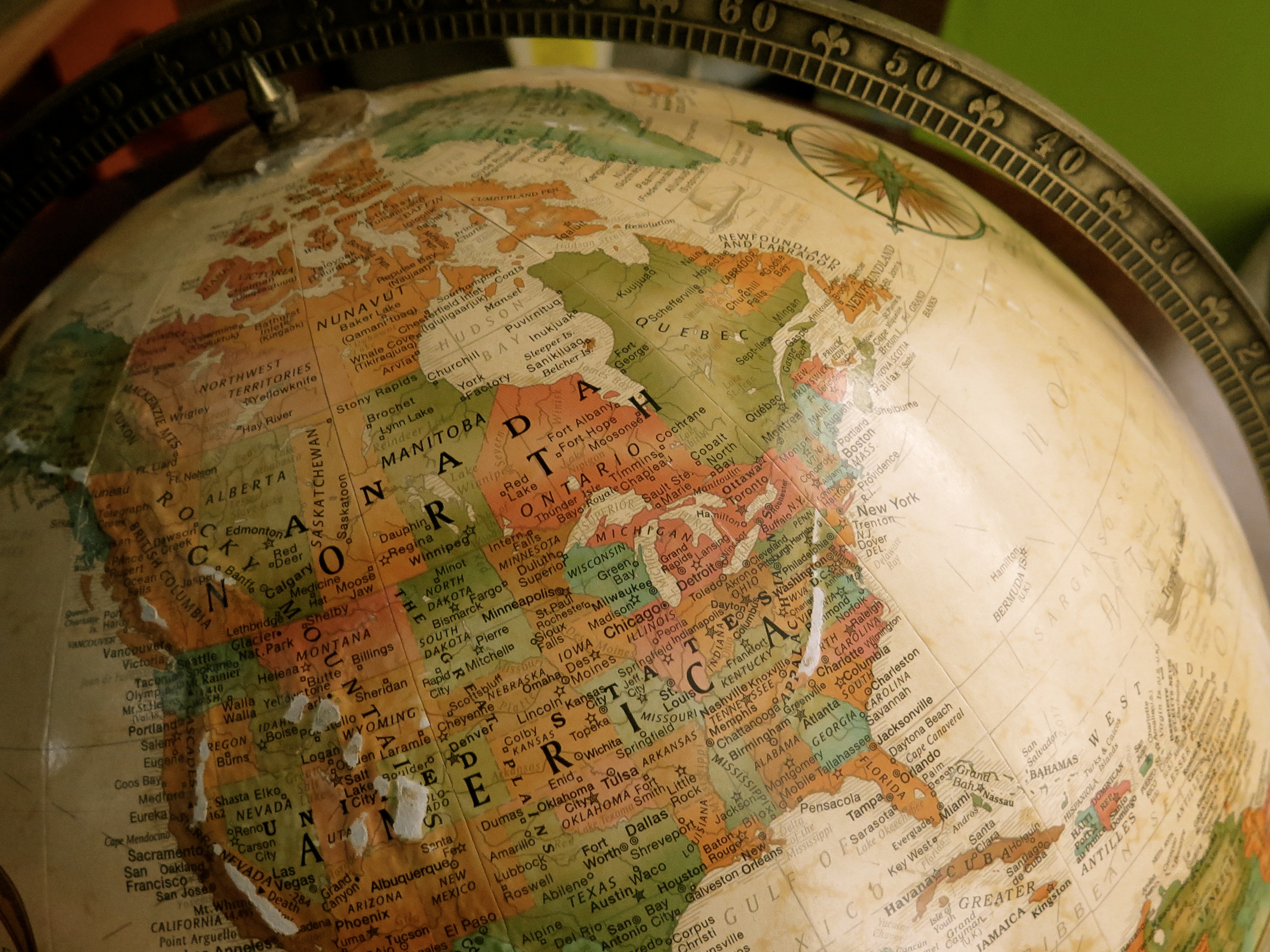The latest Program for International Assessment (Pisa) results are out and that means another round of handwringing, lamentation, self-flagellation, finger pointing and all that other good stuff. Basic summary: Shanghai tops the overall ranking with Singapore and Hong Kong coming in at second and third place.
Since 2000, the OECD has benn trying to evaluate the skills and knowledge of 15 years olds across the world. In this version more than 510,000 students were tested in math, reading and science with the main emphasis on math.
Needless to say, the US is not number one or even close. Educational historian Diane Ravitch reminds us :
The point worth noting here is that U.S. students have never been top performers on the international tests. We are doing about the same now on PISA as we have done for the past half century.
Given that fact maybe it’s not even a bad thing.
And she asks whether any of this actually matters when it comes to assessing American education. You can read Diane’s take on that in her post. (Spoiler alert – she thinks it does not and that the tests are worthless. It’s worth reading though for the depth of analysis and the perspective.)
For another point of view it’s always good to hear from Yong Zhou. Responding to Finland’s reaction to being toppled from the top of the rankings heap Yong Zhou writes that the exceptional scores of East Asian students is no surprise
The recipe for the East Asian success is actually not that magical. It includes all the elements that have been identified as the symptoms of the GERM (Global Education Reform Movement) by the great Finnish education scholar Pasi Sahlberg: Competition, Standardization, Frequent Testing, and Privatization. In East Asian high PISA performing systems, these ingredients are more effectively combined and carried out to an extreme to result in entire societies devoted to ensure that their youngsters become excellent test takers.
I had the pleasure of hearing Yong Zhou recently and I can imagine that his wry and bemused reactions to the latest sturm und drang testing obsession are now incorporated into his presentations. .
Meanwhile – hidden away in all those PISA rankings – is a happiness score. Turns out that the children in countries that score the poorest have the happiest children. South Korea is at the top end of the performance tables, but comes last in student happiness. Peru, Albania and Indonesia are among the lowest test performers, but have have the highest proportions of children who like being at school.
So what do we make of that?


